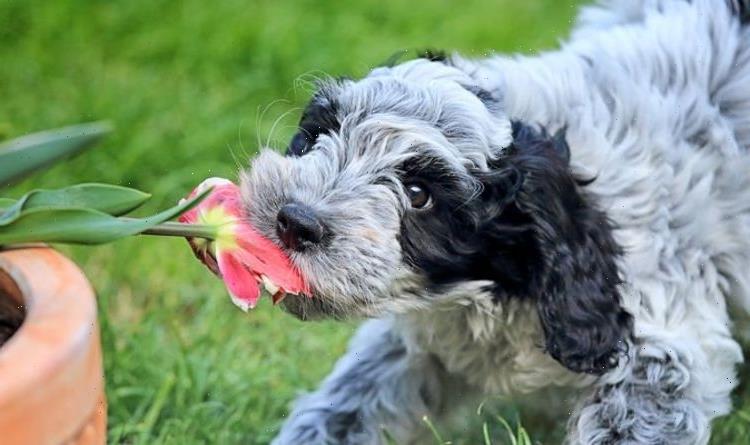Poisonous plants: Vets4Pets reveal which plants can harm pets
When you subscribe we will use the information you provide to send you these newsletters. Sometimes they’ll include recommendations for other related newsletters or services we offer. Our Privacy Notice explains more about how we use your data, and your rights. You can unsubscribe at any time.
Gardening has emerged as one of Brits’ favourite hobbies during the pandemic, with people spending increasing amounts of time outside. Activities associated with the hobby promote mental and physical health, as well as providing a welcome distraction. Unfortunately, there are some inherent risks at this time of year as flowers bloom, namely for pets.
Lilies
Most cat owners should already know this, but lilies are highly toxic to their feline friends.
If ingested, any part of the plant could cause complete kidney failure in 36 to 72 hours.
Symptoms of lily poisoning include:
- Vomiting
- Disinterest in food
- Lethargy
- Depression
- Urinary retention
Daffodils
Daffodils will appear in clusters around now as one of the enduring symbols of spring.
Their bulbs are particularly harmful to dogs whether they ingest them or their water.
Symptoms aren’t usually fatal and include:
- Vomiting
- Sleepiness
- Fits
Carnations
Carnations, like daffodils, cause unpleasant but generally not deadly symptoms in cats.
They tend to cause signs of gastrointestinal upset and potentially dermatological issues, but vets recommend people take this kind of poisoning seriously.
Symptoms include:
- Vomiting
- Diarrhoea
- Dermatitis (from sap)
DON’T MISS
Giant Hogweed burns: What happens if you touch Giant Hogweed? – EXPLAINER
Do conkers stop spiders? – INSIGHT
Gardening UK: Common houseplants you should avoid keeping indoors – ANALYSIS
Bluebells
Another spring staple, bluebells, may look beautiful, but they contain chemicals named scillarens that can lower the heart rate.
Again, they’re not usually fatal but cause a range of concerning symptoms that should compel owners to visit a vet.
Symptoms of bluebell poisoning include:
- Vomiting
- Diarrhoea
- Lethargy
- Disorientation
Foxgloves
Bi-annual and perennial foxgloves debut around late spring and early summer and tend to attract honey bees.
The bright purple blooms conceal chemicals named cardiac glycosides dangerous to humans and most pets.
Symptoms of foxglove poisoning in pets include:
- Severe nausea
- Vomiting
- Muscle weakness
- Heart failure
Source: Read Full Article






